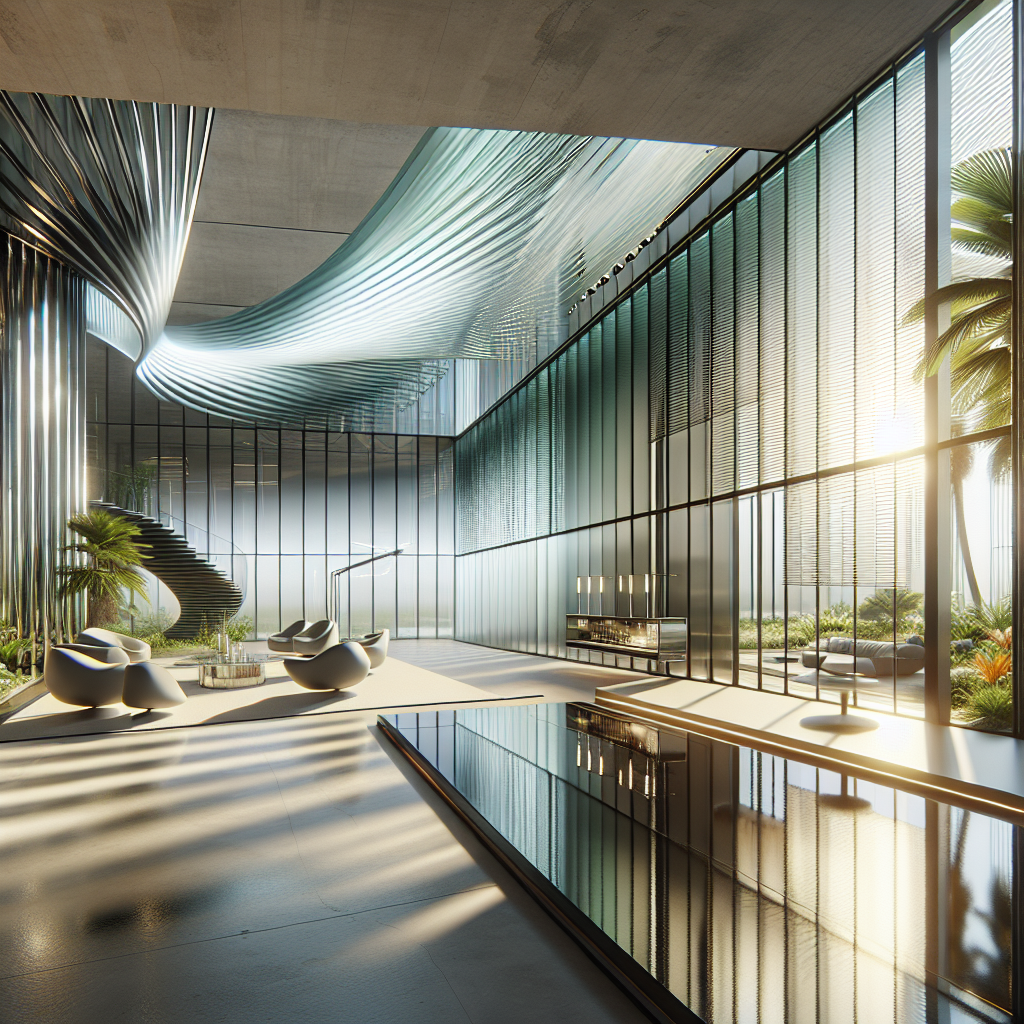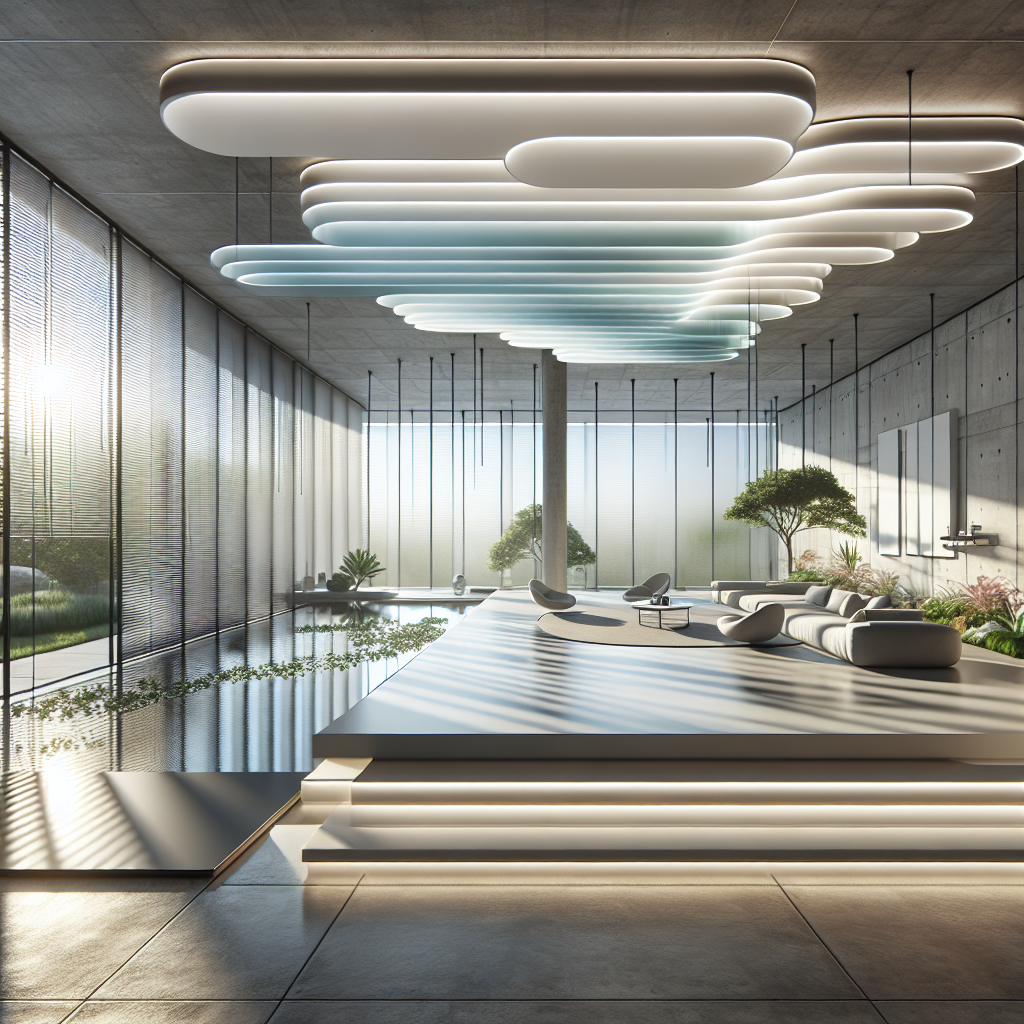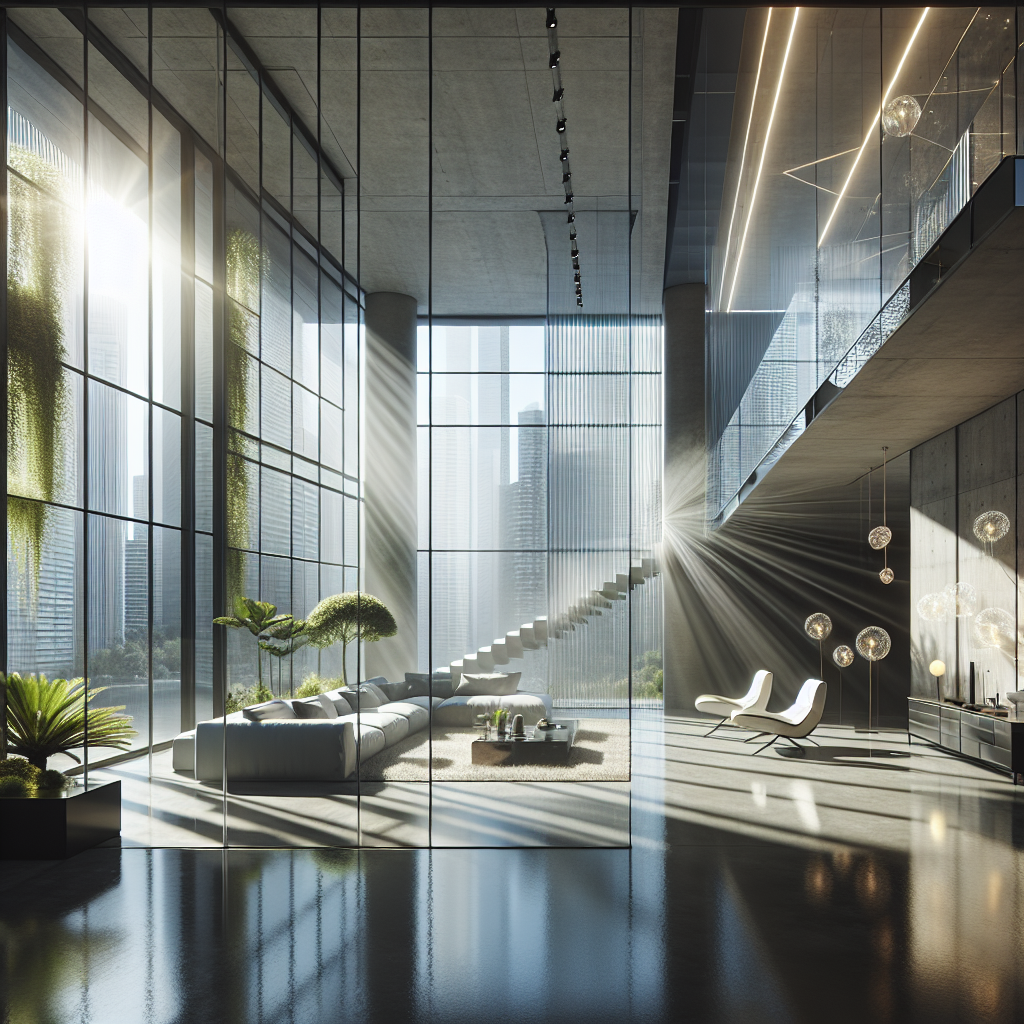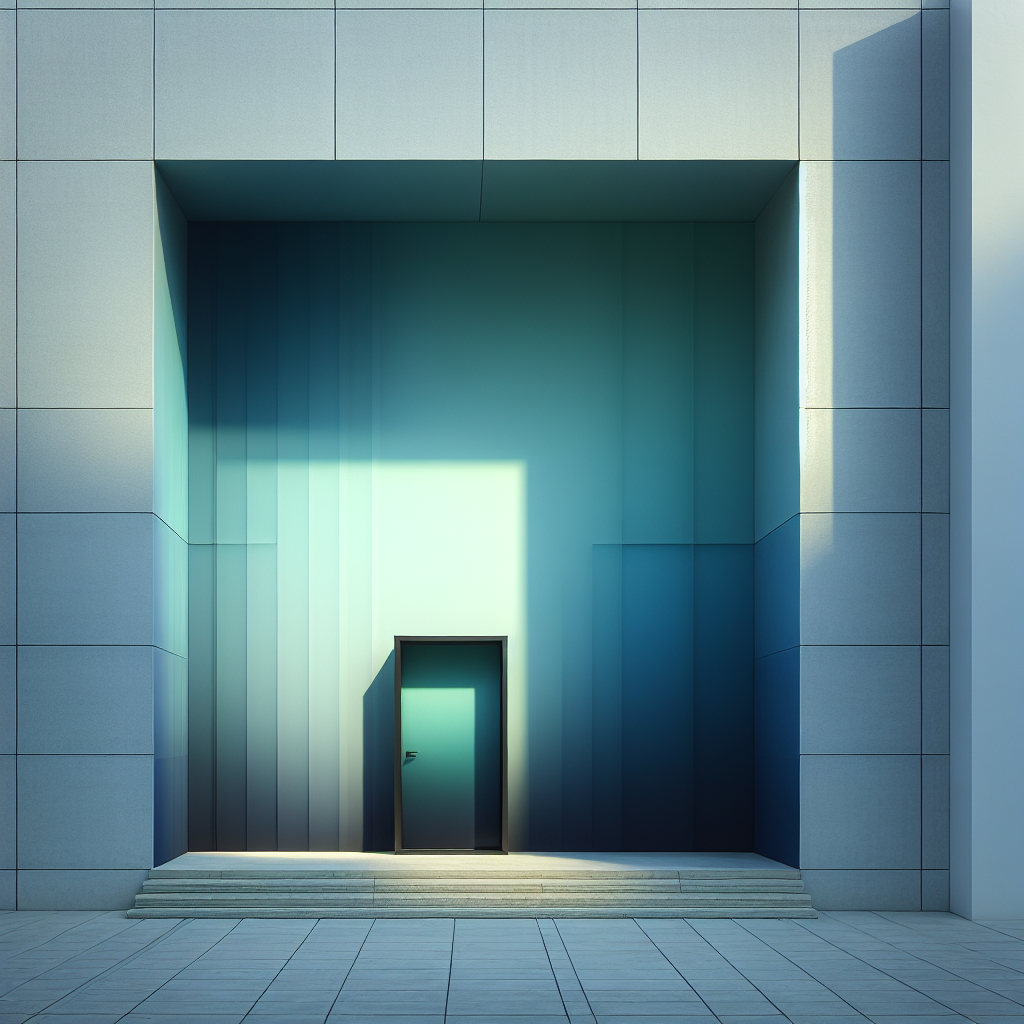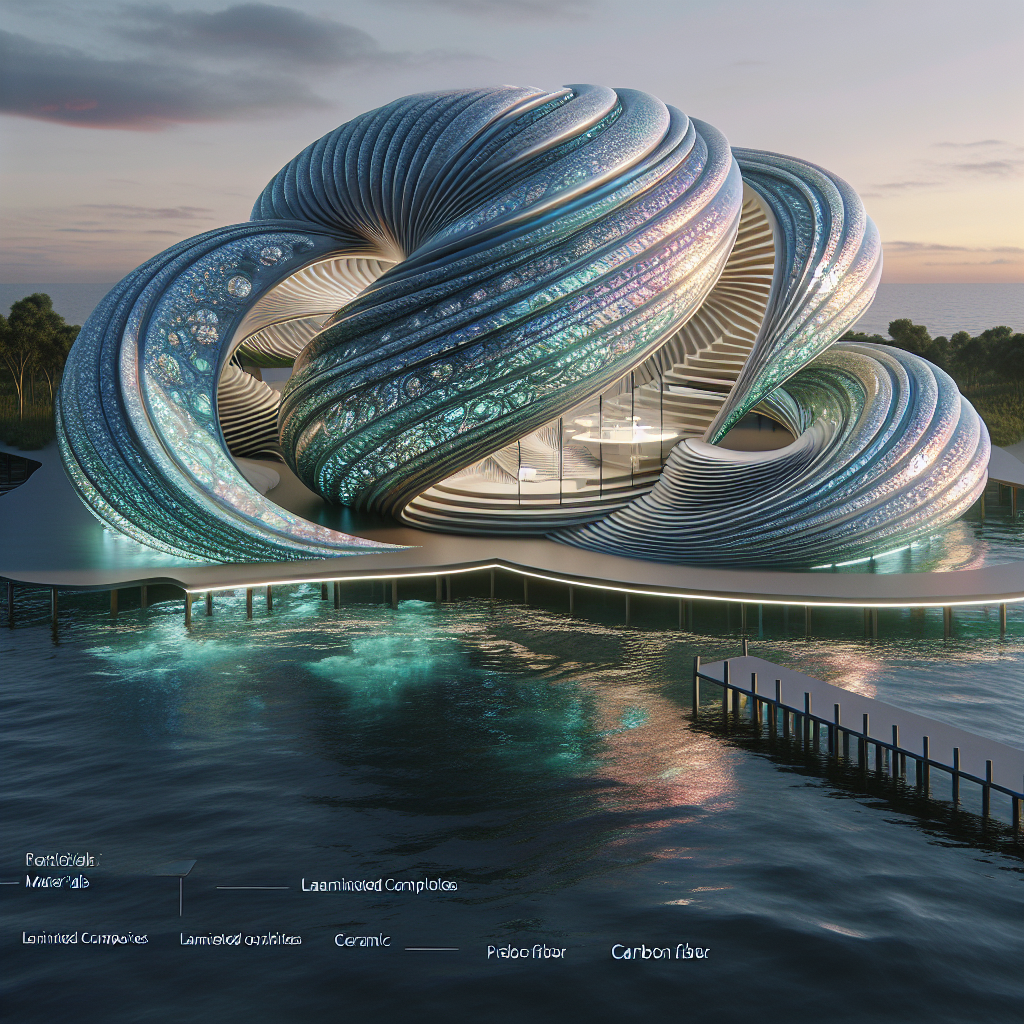Smart Windows and Shades: Natural Light at Your Command

In contemporary architecture and interior design, the manipulation of natural light has become both an art and a science. Once reliant on static windows and heavy drapery, today’s designers and architects are embracing smart windows and shades—technologies that transform glass into a responsive, adaptive surface. These innovations not only redefine the aesthetics of a space but also offer unparalleled control over comfort, energy efficiency, and well-being. As buildings increasingly evolve into intelligent ecosystems, smart glazing and automated shading systems are no longer futuristic novelties; they are rapidly becoming essential elements of high-performance design.
The Evolution of Light Control in Architecture
From the clerestory windows of Gothic cathedrals to the expansive glass façades of Modernism, architecture has always sought to harness natural light. Yet, the 21st century introduces a new paradigm: dynamic transparency. Smart windows—often powered by electrochromic, thermochromic, or liquid crystal technologies—allow glass to shift seamlessly from clear to tinted at the touch of a button or in response to environmental cues. Automated shades, integrated with sensors and AI-driven systems, complement this by adjusting fabric opacity and position throughout the day.
This evolution reflects a broader movement toward biophilic design, where daylight is not merely a functional necessity but a vital contributor to human health, productivity, and emotional balance. According to a 2023 report by the International Energy Agency, buildings account for nearly 30% of global energy consumption, with heating, cooling, and lighting as primary drivers. Smart glazing and shading technologies directly address this challenge by reducing reliance on artificial lighting and mechanical climate control.
How Smart Windows Work
At the core of smart windows lies material science. Electrochromic glass, for instance, uses thin layers of metal oxides that change opacity when a small electrical current is applied. This allows occupants to fine-tune the amount of solar gain and glare entering a space. In contrast, thermochromic glass reacts to temperature shifts, automatically darkening when exposed to intense sunlight. Meanwhile, liquid crystal glass can switch between transparent and opaque states, offering both privacy and light modulation.
Beyond the glass itself, the integration of smart windows with building management systems creates a holistic ecosystem. Sensors measure daylight levels, occupancy, and even circadian rhythms, adjusting transparency or shade positions accordingly. The result is a space that feels alive—responsive to both environmental conditions and human needs.
Automated Shades: Precision Meets Elegance
While smart glass captures much of the spotlight, automated shades are equally transformative. No longer limited to clunky motorized blinds, today’s systems feature whisper-quiet mechanisms, fabrics with advanced thermal properties, and sleek designs that complement minimalist interiors. Imagine a penthouse living room where translucent roller shades descend in unison as the sun sets, casting a warm glow across polished concrete floors and sculptural furniture.
These systems can be programmed to follow the arc of the sun, preserving views while reducing glare, or to sync with smart lighting for seamless day-to-night transitions. In commercial settings, automated shading has been shown to improve employee productivity by up to 10%, according to a study published by the U.S. Department of Energy. The aesthetic impact is equally compelling: shades become part of the architectural language, softening or dramatizing interiors with subtle shifts in translucency.
Case Studies: Light as a Design Material
One striking example is the Edge in Amsterdam, often described as one of the world’s smartest office buildings. Its façade integrates electrochromic glazing that responds to daylight, dramatically reducing energy use while creating luminous, glare-free interiors. Similarly, in Los Angeles, a luxury residence designed by Olson Kundig employs automated shades that disappear into recessed ceiling tracks, preserving uninterrupted views of the Pacific while offering precise solar control.
These projects underscore a crucial point: light is no longer a passive element. It is a design material, sculpted and orchestrated with the same intentionality as stone, timber, or steel. Architects are increasingly using smart glazing not just for performance but as a storytelling device—framing views, choreographing mood, and enhancing the sensory experience of space.
Health, Well-Being, and Human-Centric Design
The impact of smart windows and shades extends beyond energy efficiency. Research in circadian rhythms demonstrates that exposure to natural light aligned with the body’s internal clock improves sleep quality, cognitive function, and overall well-being. Smart shading systems can mimic these rhythms, gradually adjusting light levels to support biological needs. This aligns with the growing emphasis on responsive design, where architecture adapts to human behavior rather than the other way around.
In residential projects, this translates into bedrooms where shades gently rise with the morning sun, replacing alarm clocks with a natural wake-up call. In healthcare environments, controlled daylight exposure has been linked to faster patient recovery times. For designers, the ability to modulate light with such precision opens new possibilities for creating environments that are not only beautiful but profoundly supportive of human health.
Sustainability and the Path to Net Zero
Smart windows and shades also play a pivotal role in the journey toward net-zero energy buildings. By reducing cooling loads in summer and maximizing solar gain in winter, these systems cut energy consumption significantly. A study by the Lawrence Berkeley National Laboratory found that electrochromic windows can reduce peak cooling demand by up to 20%. In dense urban contexts, where glass towers dominate skylines, the cumulative impact of widespread adoption could be transformative.
This aligns with broader sustainability trends in architecture, from timber skyscrapers to green roofs and vertical gardens. Together, these innovations signal a shift toward buildings that are not only intelligent but ecologically attuned—structures that respond to the climate rather than resist it.
The Future of Adaptive Light
Looking ahead, the convergence of smart glazing with AI, IoT, and renewable energy promises even greater sophistication. Imagine façades that adjust in real time to weather forecasts, or windows that harvest solar energy while modulating transparency. Already, companies are experimenting with photovoltaic glass that generates electricity while functioning as a dynamic shading device. As urban environments grow denser and climate pressures intensify, the ability to choreograph light will become a defining feature of resilient, human-centric architecture.
For architects and designers, the challenge is not simply to adopt these technologies but to integrate them seamlessly into the narrative of a building. The most compelling projects will be those where smart windows and shades are not add-ons but intrinsic to the architectural concept—where light itself becomes the protagonist of design.
Conclusion: Light at Your Command
Smart windows and shades embody the essence of contemporary design: responsive, sustainable, and deeply human. They allow us to command natural light with the precision of a conductor leading an orchestra, transforming interiors into living, breathing environments. For the discerning architect or design enthusiast, they represent not just a technological upgrade but a profound rethinking of how we inhabit space. In the age of intelligent buildings, light is no longer incidental—it is architecture’s most eloquent medium.
